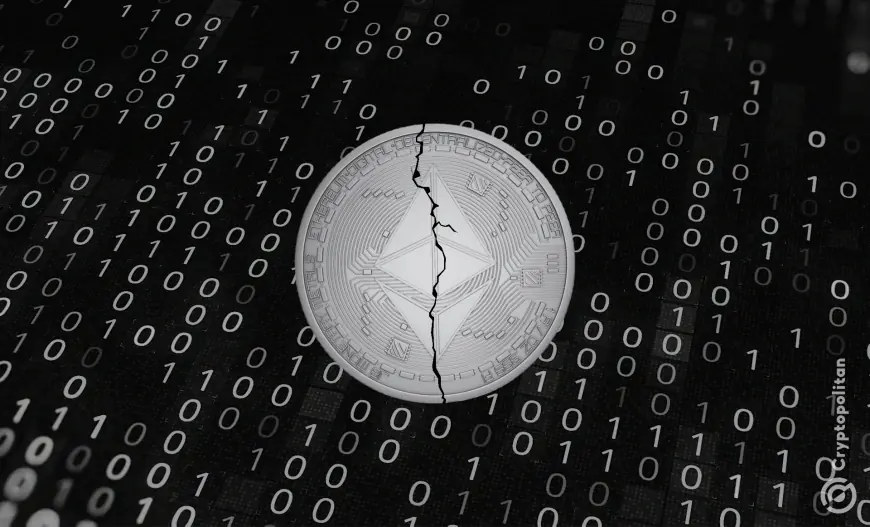Ethereum layer 2 networks likened to parasite by analyst
Crypto research analyst Justin Bons has described the relationship between Ethereum and layer 2 networks as “parasitic.” In an X thread, Bons attributes the reduced activity on the network to the popularity of L2s. The post highlights the debates within the crypto community about the impact of L2s on Ethereum. While some blame L2s for […]

Crypto research analyst Justin Bons has described the relationship between Ethereum and layer 2 networks as “parasitic.” In an X thread, Bons attributes the reduced activity on the network to the popularity of L2s.
The post highlights the debates within the crypto community about the impact of L2s on Ethereum. While some blame L2s for the base network’s current struggles, some stakeholders believe L2s are good for the Ethereum mainnet.

L2s are taking Ethereum fees and fragmenting the ecosystem
According to Bons, the founder of Cyber Capital, the L2s now control most of the activity on Ethereum as the base layer has outsourced its execution. He noted that this is why L2s are taking all the fees from Ethereum, leading to lower fees on the network and the resulting inflationary supply.
He compared the L2s to parasites living off the mainnet, weakening it as they add no value. Instead, they are stealing users and fees from the network.
He said:
“L2s are effectively stealing ETH users & fees. By pretending they are the “same” as ETH, but that could not be further from the truth. At best, they are competitors; at worst, it is a vampire attack, slowly draining ETH of life. L2s will migrate or become L1s, while ETH dies”
While this opinion might appear controversial, Bons is not the only one who has that view. Several others in the crypto community agree. Bons added that the advent of L2s has fragmented the Ethereum ecosystem as multiple L2s now compete and split liquidity that would otherwise be on the L1 network.
The research analyst further criticized the L2s for being centralized and without any censorship resistance. He noted that all the top 10 L2 networks are currently centralized, defeating the core principle of decentralization that these networks promised.
Meanwhile, Bons noted that the only solution to Ethereum’s current challenges would be for the network to pivot to L1 scaling. However, he argued that the Ethereum Foundation would never prioritize that because it would destroy the value of L2s and hurt the venture capital firms backing them.
Stakeholders disagree on L2’s impact
Many have voiced their disagreement with Bons’ comments, noting that L2s bring more value. One user noted that Ethereum does not have the capacity to handle all the transactions happening on L2s right now. Thus, if there are no L2s, most people will just move to other L1s.
Analysts at Coinbase equally disagree with the claim that L2s are extracting value from the layer 1 network. They noted that Ethereum represents the success of scaling, and the fact that fees have been reduced only shows that the scaling roadmap is working as planned.
Coinbase said:
“We want to emphasize that the drop in total transaction fee spend does not imply that the L2-centric roadmap is the direct cause of the lowered transaction fee spend. We think that any scaling roadmap that increased blockspace faster than demand would result in a net reduction of total fees spent.”
They added that a major problem for Ethereum is that the transaction level has not reached previous peaks, which is not because of L2s. Rather, it appears that transactions have fallen across the board, and this is happening due to the maturity of the Ethereum ecosystem.
Meanwhile, there are concerns among some users that ETH has not performed well in the current cycle. Vitalik Buterin rebutted this, noting that the network has gotten stronger due to massive improvements. He highlighted some milestones to show that Ethereum’s fundamentals remain very strong, including improvements made by L2 protocols like Optimism and Arbitrum.
What's Your Reaction?








































































































